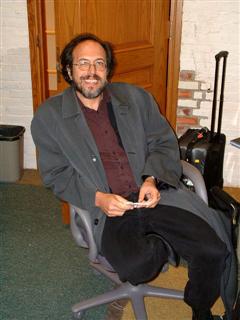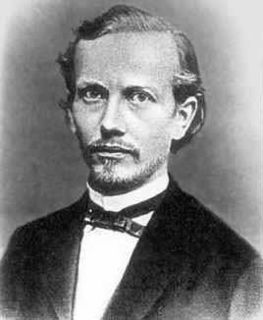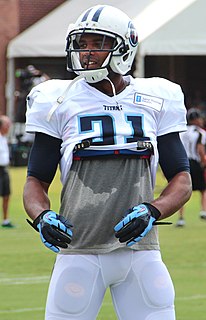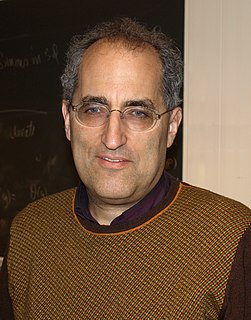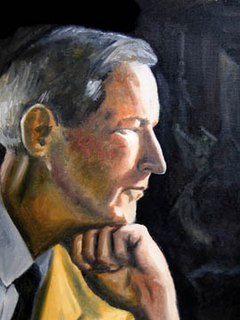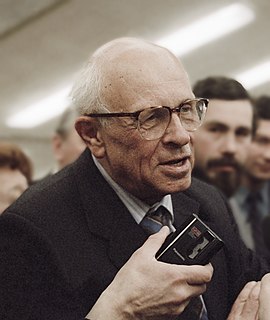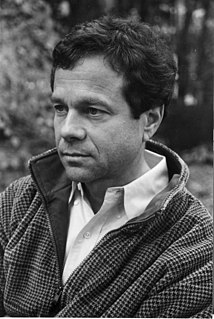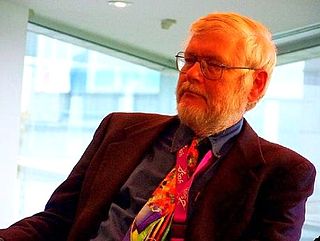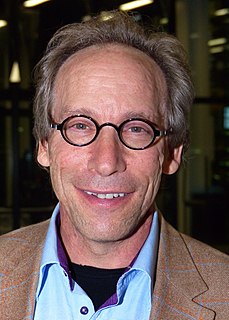A Quote by Ashoke Sen
I work in string theory. This is a branch of physics which assumes that the elementary objects in the universe are not particles but one-dimensional objects, that is, strings.
Related Quotes
The beauty of string theory is the metaphor kind of really comes very close to the reality. The strings of string theory are vibrating the particles, vibrating the forces of nature into existence, those vibrations are sort of like musical notes. So string theory, if it's correct, would be playing out the score of the universe.
String theory?[pause] It closed the conceptual gulp between relativity and quantum mechanics. It postulates that subatomic particles are not points, but strings, about one planck length long. The rate at which strings vibrate can generate the properties of all known particles. Huh? How did I know that?
The mathematics clearly called for a set of underlying elementary objects-at that time we needed three types of them-elementary objects that could be combined three at a time in different ways to make all the heavy particles we knew. ... I needed a name for them and called them quarks, after the taunting cry of the gulls, "Three quarks for Muster mark," from Finnegan's Wake by the Irish writer James Joyce.
His [Henry Cavendish's] Theory of the Universe seems to have been, that it consisted solely of a multitude of objects which could be weighed, numbered, and measured; and the vocation to which he considered himself called was, to weigh, number and measure as many of those objects as his allotted three-score years and ten would permit. This conviction biased all his doings, alike his great scientific enterprises, and the petty details of his daily life.
A culture may be conceived as a network of beliefs and purposes in which any string in the net pulls and is pulled by the others,thus perpetually changing the configuration of the whole. If the cultural element called morals takes on a new shape, we must ask what other strings have pulled it out of line. It cannot be one solitary string, nor even the strings nearby, for the network is three-dimensional at least.




